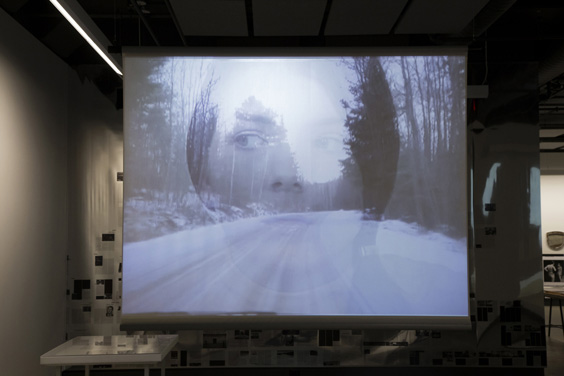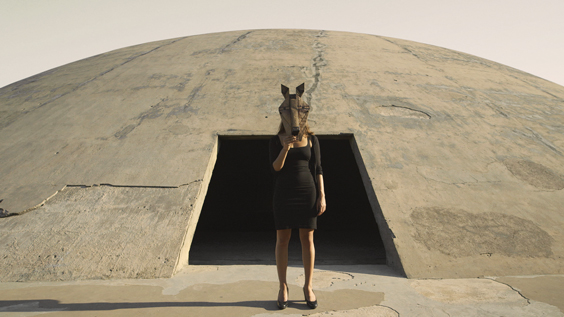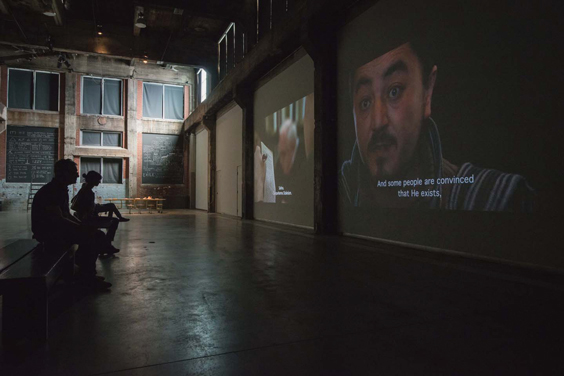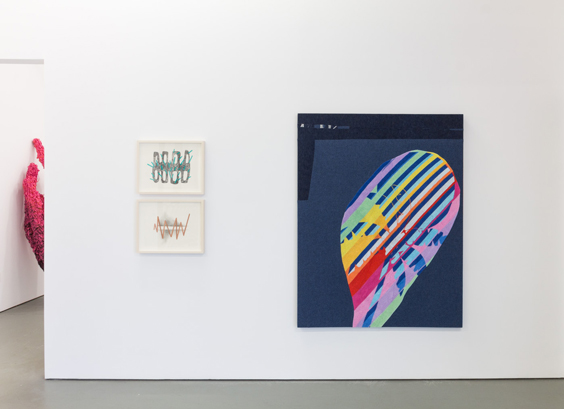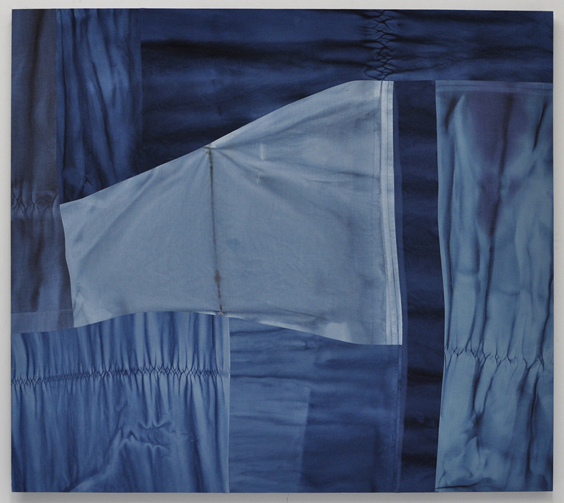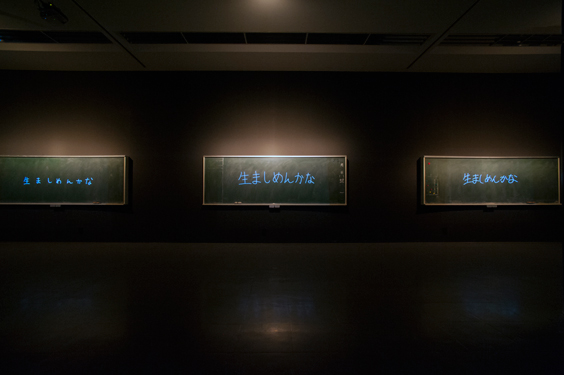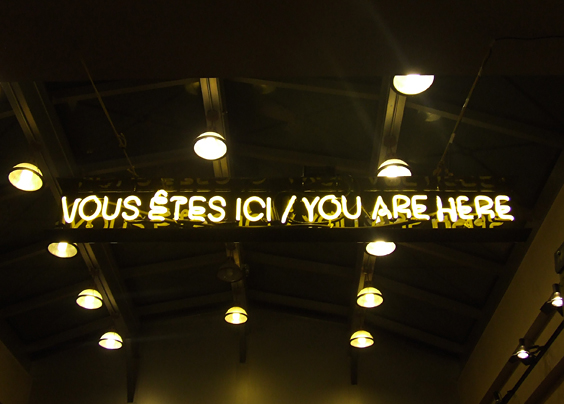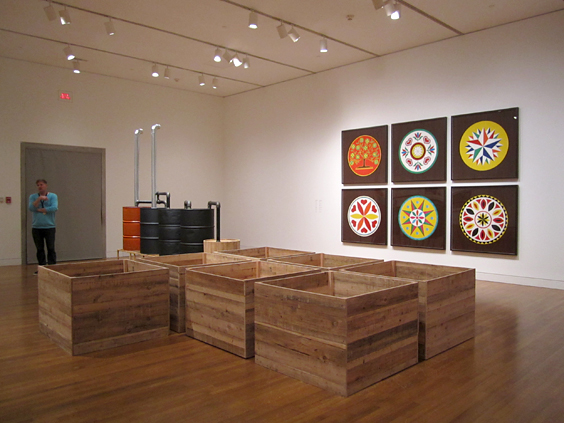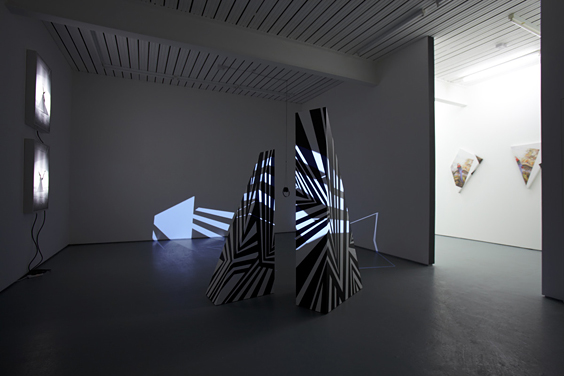
Hans Rosenström, Together, 2015. C-Print. Courtesy the artist and Maria Stenfors, London
HANS ROSENSTRÖM
WHY IS THE REMOTE ALWAYS SO FAR AWAY
11 September – 24 October 2015
Maria Stenfors, London
Text by Yasmina Reggad
With his first solo exhibition at Maria Stenfors, Finnish artist Hans Rosenström outlines themes that have punctuated his practice in the past years. The exhibition presents recent works that address the notions of liminal and transitional states and study the limits of our experience of the world from a singular perspective.
The title Why the remote is always so far away clearly points at something unattainable ahead of us and at the same time paradoxically replicates the precision of a measuring tool. Nevertheless, the very question Hans Rosenström is raising lies in the position of the body itself in relation to the remote. The body stands in the centre, in the in-betweeness surrounded by unreachable far-aways. In this exhibition, the artist investigates the multiple nature and social functions of liminal spaces. Rosenström also strives to draw and mould the contours of the inside and the outside of the body as well as reveals its faculty of resonance that gives shape to its surroundings.
Continue reading “Hans Rosenström “Why is the remote always so far away” at Maria Stenfors, London”

